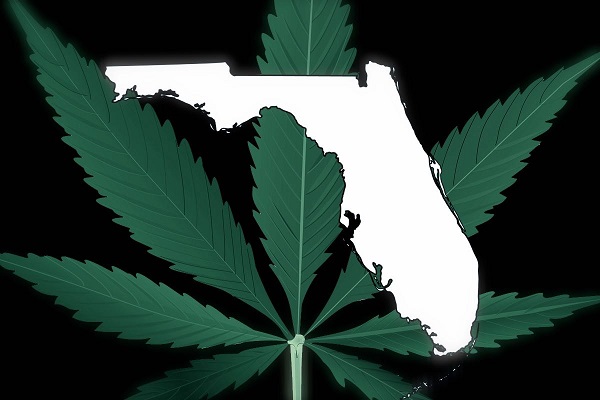Scientific names can be used in common parlance, sometimes becoming common names for specific objects or phenomena. For example, in Britain, the word «cannabis» is used to refer to any drug related to cannabis. Modern marijuana users often describe hybrid varieties of cannabis as «more indica» or «more sativa». These terms are accidental derivations of scientific names.
Common names for plants and animals are often used very locally and may mean nothing or something completely different to speakers of another language. Scientific names, derived at least in part from ancient Greek and Latin, were created so that someone who is interested in a particular organism doing research in their own or a foreign language can know exactly whether others are referring to the same organism.
What consumers usually mean is that a particular variety of cannabis has either more bodily or more cerebral effects. Indica is considered a better choice for recreation, while sativa is considered a better choice for mental activities such as gaming or creativity.
The question is where these terms came from and how they came to be associated with the different varieties of the drug cannabis. Perhaps a better understanding of the names of cannabis can help us understand its complex evolution and better appreciate the diversity of cannabis-based drugs today.
The history of cannabis sativa

In 1753, the Swedish botanist Carl Linnaeus, known as the father of modern taxonomy, first published the scientific name Cannabis sativa. The term means «cultivated» and describes the common cannabis plant that grew widely in Europe. It was grown as a fiber and seed crop in Europe and Western Eurasia for thousands of years before being introduced to the New World during colonization. C. sativa is used to produce fiber, seeds and oil, but it does not contain the main psychoactive substance cannabinoid delta-9-tetrahydrocannabinol (THC), which is found in cannabis and is medically important.
Also, compared to C. indica varieties, C. sativa produces a smaller variety of terpenes, which play an important role in the efficacy of medical cannabis products. C. sativa represents only a small part of the genetic diversity of cannabis and is not divided into subspecies, unlike C. indica. It is likely that Carl Linnaeus never saw the drug cannabis, so it is incorrect to use the term «sativa» to describe the varieties of the drug.
The origin of cannabis indica
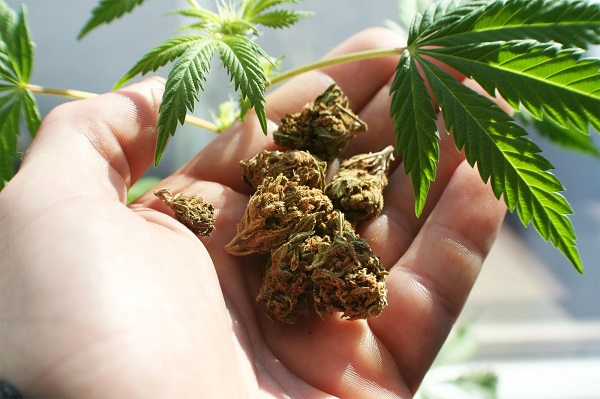
More than 30 years after the study of cannabis began, in 1785, French explorer Jean-Baptiste Lamarck described and named a second species of the plant, known as Cannabis indica, which originated in India. The first specimens of this plant were brought to Europe. Cannabis indica grows in eastern Eurasia and is distributed worldwide, mainly as a source of the psychoactive substance THC. This species of cannabis is used to produce marijuana and hashish, but it is also grown in many regions of East Asia for its strong fibers and nutritious seeds. Thus, we use Cannabis indica fibers, seeds and oil from these seeds, and use the plant as a valuable recreational and medicinal plant. Currently, the vast majority of modern cannabis varieties belong to the species Cannabis indica, which in turn includes several subspecies with different origins and uses.
Cannabis taxonomy
Since the early 1960s, systematists have developed several different naming systems for cannabis. One concept assumed the existence of three species of the plant: C. ruderalis, C. sativa and C. indica. C. ruderalis was regarded as a wild species and a possible ancestor for both C. sativa and C. indica. Other scientists considered C. indica and C. ruderalis to be subspecies or varieties of C. sativa. In the late 1970s, varieties of hashish were imported from Afghanistan to the West that differed significantly in appearance. Some considered them to be true C. indica, while others suggested calling them a fourth species, C. afghanica. At the same time, all other narcotic varieties were considered members of C. sativa by one species. The situation was varied and controversial by the early 2000s, but the most reliable scientific research had reached some conclusions.
Carl Hillig, a researcher at Indiana University, in his published papers from 2004 and 2005, studied the diversity of cannabis by analyzing its chemical composition from different sources and uses. He proposed taxonomic groups (subspecies) that harmonized previous naming systems and fit well into a hypothetical model of cannabis evolution. Hillig’s research supports the original concept of two species of cannabis, Linnaeus’ C. sativa and Lamarck’s C. indica, with C. indica being genetically much more diverse than C. sativa. Hillig identified the European cultivated subspecies as C. sativa ssp. sativa. Because of its distinctive narrow leaves and its use in hemp fiber and seed production, Hillig named it narrow-leaved hemp or NLH. He also identified the wild or feral populations formerly called C. ruderalis as C. sativa ssp. spontanea, which was the putative ancestor or PA, and I call it the ancestor of narrow-leaved hemp or NLHA.
Hillig grouped the varieties of Cannabis indica into four subspecies: three based on their diverse morphological and biochemical traits, and another characterized by a largely spontaneous growth pattern.
Subspecies Indica
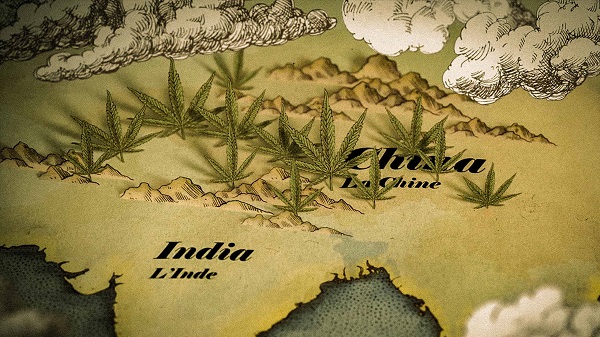
Plants of the subspecies C. indica are distributed throughout the Indian subcontinent from South-East Asia to western India and Africa. According to Lamarck’s description, this subspecies is known as Indian cannabis.
Indica populations are characterized by high THC content with little, if any, cannabidiol. CBD is the second most common cannabinoid that has no psychoactive properties but has been found to be medically effective. These narcotic varieties spread to the New World Caribbean region by the end of the 19th century and then made their way to Central and South America. Since the 1960s, they too have been exported to Europe, North America and other countries, forming the original seedless marijuana gene pool.
Marijuana users commonly refer to these varieties as «sativas» because their leaves are relatively narrow, especially compared to Afghan varieties or «indica» which were introduced later and bear more resemblance to the European narrow-leafed hemp C. sativa or NLH plants. However, this name is a misnomer because C. sativa plants produce almost no THC.
Based on Hillig’s research, we now call C. indica ssp. with narrow leaves or NLD varieties because they also have narrow leaves but produce THC and are therefore medicinal varieties.
Subspecies Afghanica
The afghanica subtype originated in Afghanistan and neighboring Pakistan, where cannabis was traditionally cultivated for hashish production.
Since 1974, when Afghan cannabis was first described in English by Harvard professor Richard Schultz, it became clear that it was a new type of drug derived from cannabis that was previously unknown to Westerners. Its distinguishing features were its low, sturdy stature and broad, dark green leaves, which differed from the taller, lighter green and less branched NLD varieties.
In the late 1970s, seeds of Afghan cannabis varieties were shipped to Europe and North America and quickly became popular among marijuana growers. At the time, all cannabis varieties were generally categorized as C. sativa, and the familiar NLD marijuana varieties were called «sativas» to distinguish them from the recently introduced and completely different looking varieties called «indica».
Hillig called Afghan hash varieties C. indica ssp. afghanica, and I call them broadleaf medicinal or BLD varieties to distinguish them from NLD varieties.
BLD populations can contain both CBD and THC levels. And both indica and afghanica subspecies produce a variety of aromatic compounds that are important in determining their physical and mental effects.
Subspecies Chinensis
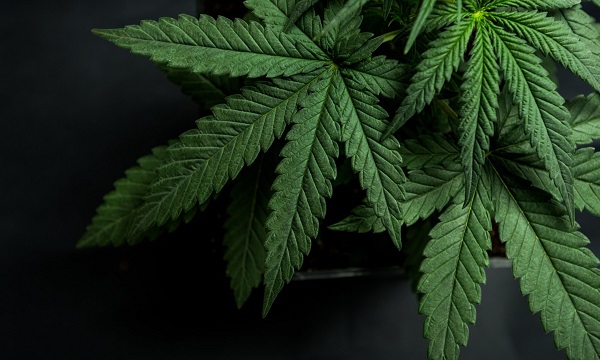
The third Hillig group within C. indica is the chinensis subspecies, which includes traditional East Asian fiber and seed varieties known as broadleaf hemp or BLH. Like other subspecies of C. indica, chinensis varieties have the genetic potential to produce the psychoactive THC, but East Asian cultural restrictions have led to the selection of these varieties for their economically valuable fibers and seeds rather than for their psychoactive properties. In Asian and European cultures, hemp fiber and seeds have a wide range of uses.
Kafiristanica subspecies
A fourth subspecies, C. indica ssp. kafiristanica, consists of wild or feral populations, and Hillig suggests that it may be the ancestor of narrow-leaved medicinal hemp or NLDA.
The Cannabis Ruderalis controversy
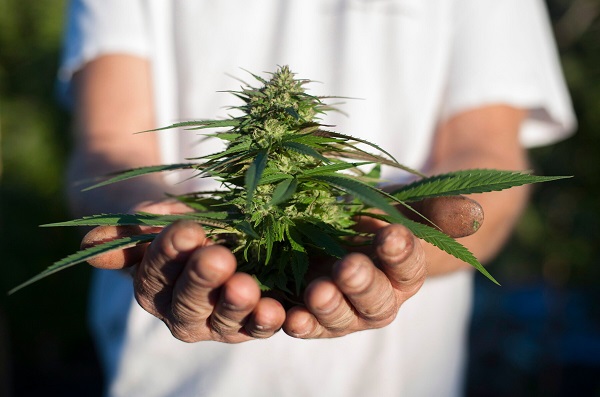
Some scientists have also suggested that C. ruderalis may be a third ancestor for both C. sativa and C. indica. According to evolutionary theory, there should have been a common ruderalis-like ancestor for the two modern species in the past, but it is likely extinct.
The NLHA and NLDA groupings proposed by the researchers represent wild populations of NLH and NLD. C. sativa NLH probably arose in the temperate region of western Eurasia, possibly in the foothills of the Caucasus Mountains, from a putative hemp or PHA ancestor that could not produce THC.
C. indica probably originated in the Hengduan mountain range in present-day southwestern China, from a putative drug ancestor or PDA that developed the ability to produce THC.
This PDA would then split into NLD, BLD, and BLH as it was distributed by different geographic regions and evolved into these subspecies, each producing THC and a variety of aromatic terpenes. These subspecies of C. indica are the source of the psychoactive cannabis species found today.
Thus, when we speak of psychoactive cannabis varieties, we are referring to C. indica, as there are actually no narcotic «sativa» varieties.
What is commonly referred to as «sativa» is actually C. indica ssp. indica, and for convenience should be referred to as narrow-leaf medicinal varieties or NLDs. And what is commonly referred to as «indica» is actually C. indica ssp. afghanica, a broadleaf medicinal variety or simply a BLD variety.
Heirloom landrace cultivars
Agronomic varieties of cultivated crops are referred to as cultivars. When these varieties are grown and maintained by local farmers, they are called local varieties or indigenous varieties.
Cultivated varieties evolve as a result of the interaction of natural selection pressures from the local environment that favor survival and human selection that favors the ability of the variety to grow successfully and produce certain culturally preferred end products.
In the past, humans propagated hemp along with their migration and, at each new location, selected the seeds of the best plants from these early populations suitable for their individual uses and processing methods. By planting seeds of the most favorable individuals, traditional growers cultivated and maintained high quality local varieties upon which the home grown marijuana industry was based.
Traditional local Sensmilla varieties come from remote Asian countries such as India, Nepal, Thailand, Cambodia, and Vietnam; African local varieties from South Africa, Malawi, Zimbabwe, and other countries; and New World local varieties from Colombia, Panama, Jamaica, and Mexico are all different NLD species.
Hybrids between imported vintage NLD varieties constituted the core genome of indigenous marijuana in both North America and Europe until the introduction of local BLD varieties from Afghanistan in the late 1970s.
Cannabis now
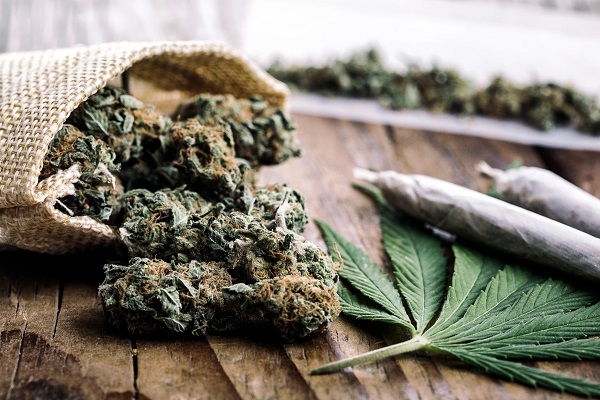
Currently, most varieties of narcotic cannabis are hybrids of two subspecies of C. indica. The indica subspecies represents the traditional and widespread local NLD cannabis herb varieties, while the afghanica subspecies represents the geographically restricted BLD hashish varieties from Afghanistan. The combination of genetically diverse populations from such isolated regions has resulted in a wide variety of hybrid cannabis varieties that are used for both recreational and medical purposes.
Today, however, returning to a region previously known for its quality marijuana does not guarantee finding the same local varieties that existed decades ago. Cannabis polynization is open-pollinated, meaning that male and female flowers appear on different plants. Random combinations of genes and variations are formed during propagation. The regeneration of old cannabis varieties is still an unfinished process. They persist through natural and human selection and retain their atavistic ability to survive.
Conclusion
In the 1960s, the western world switched to imported marijuana and hashish. At this time, many amazing imported varieties were available and were traditionally supported by local growers. However, within a decade, the demand for quality Cannabis drug exceeded the capacity of traditional supplies and mass production without proper breeding became prevalent.
Farmers, instead of planting only the best seeds, began using all of their seeds to meet market demand, resulting in a decline in the quality of the marijuana offered. This decline in quality has been exacerbated by law enforcement pressures from most governments around the world. Currently, it is not possible to replace the remaining localized varieties of marijuana, landraces, they can only be preserved.
The few pure landrace varieties that have survived from the 70’s and 80’s have been key to the future development of breeding and evolution of narcotic cannabis. It is very important not to miss the opportunity to preserve the best results of hundreds of years of breeding done by local farmers. Our role must be to preserve the traditional heritage of farmers for future generations.




